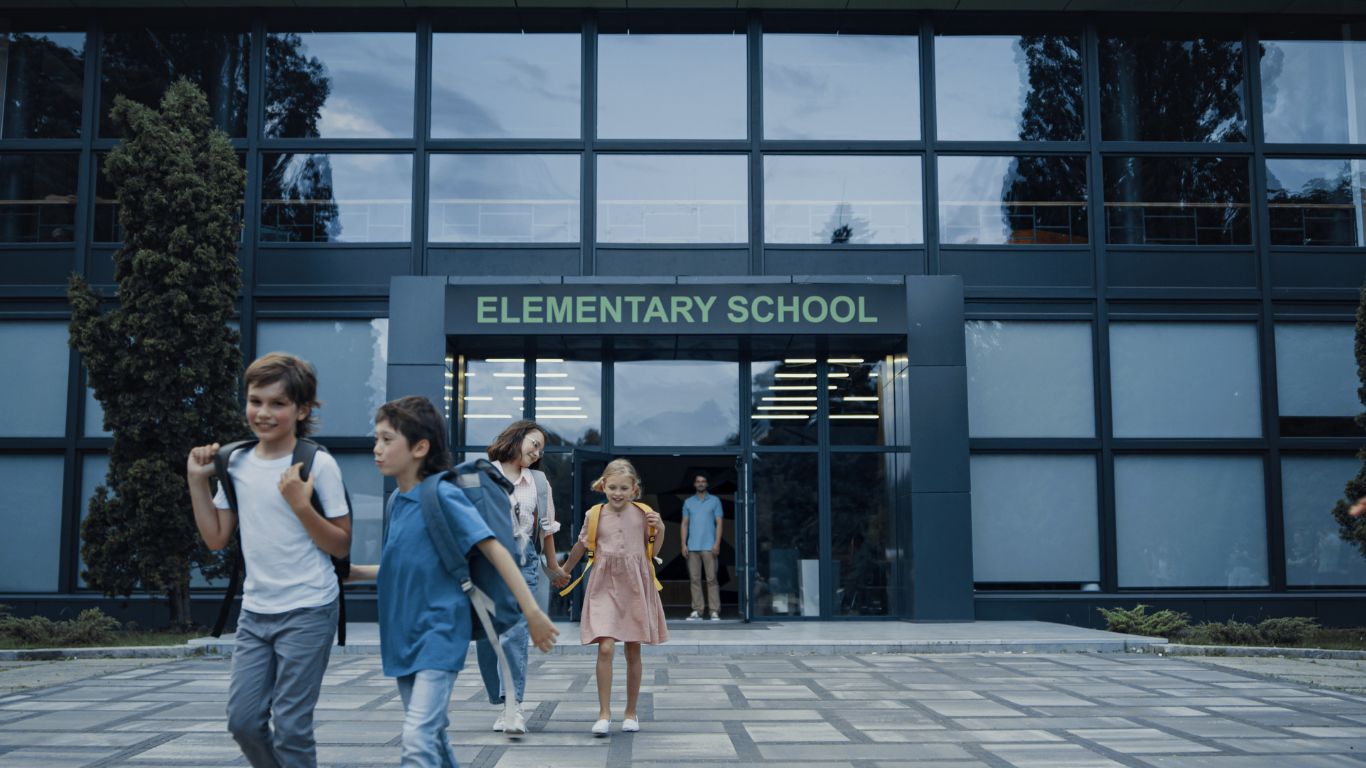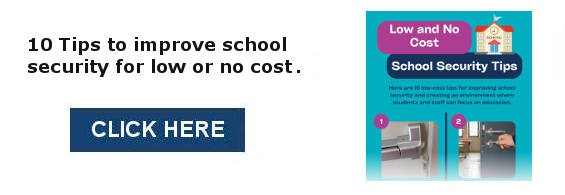I have been fortunate enough to work in positions related to keeping schools safe, with one of them being a school resource officer. I wore many hats in my security role across multiple schools: protector, educator, mentor, and friend. Each played a pivotal part in making sure all of my students were in the safest place they could be every school day of the year.
My current role as a security assessor allows me to perform security assessments of school buildings and educational facilities. I am taking my SRO experience to the next level by helping many schools improve security.
But what exactly is a school security assessment? Why is it important? Below, I will explain the purpose of a school security assessment and its important role in setting schools up to provide optimum levels of security for our children.
What is a School Security Assessment?
Simply put: a security assessment evaluates a school to identify security deficiencies and recommend security improvements. The assessment should also point out what the school is doing correctly regarding security. Assessments help schools ensure that security is in place to protect the students, staff, and facilities.
The following steps are performed during a security assessment. We often refer to the assessments as threat, risk, and vulnerability assessments to reflect the holistic process used to evaluate school security.
Stakeholder Interviews
At the start of the assessment, professional security assessors will meet with key stakeholders, school board employees, and/or other individuals involved in the assessment process. This meeting allows the assessors to review and understand policies and procedures, ongoing projects, staffing, training protocols and other relevant information.
Interviews with local police department officials, school resource officers, and other first responders will be conducted to obtain information on the schools and surrounding areas. Such interviews also help the assessors understand the relationship and information sharing between the schools and first responders.
School Site Visits
The security assessors will conduct in-person site visits to each facility, interviewing staff members such as principals, assistant principals, office staff, guidance counselors, and janitorial staff. Feedback is gathered on their perception of security and how they implement security policies and procedures.
The assessors conduct a thorough examination of the school’s exterior and property. Emphasis is put on examining roadway access, the condition of perimeter fencing (if any), parking lots, camera coverage, lighting, how the entry into the school is controlled, etc.
Inside the school, the assessors will examine all school spaces looking at physical and electronic security. For example, assessors will see how access is granted from the main office into the student traffic areas, and what criteria visitors should meet to be given a guest pass into the building.
Internally, assessors will make observations on security measures that are already in place. Such measures include but are not limited to CCTV and alarm systems, classroom doors, materials storage, security preparedness such as radio availability and signal, and the designation of any restricted areas.
In addition to physical and electronic security, the assessors will also review emergency procedures and security policies. This review ensures that policies are complete, clear, and consistently implemented throughout a school district.
Security Recommendations
The information gathered during the on-site assessment enables the assessors to understand the general school climate and the corresponding need for security. Security deficiencies are documented for each school, and recommendations are generated to improve security.
These recommendations can be prioritized based on criticality to help the school district understand which recommendations are the most important. Providing a rough order of magnitude cost for each recommendation is also helpful. This assists the school district in developing future capital improvement plans.
Professional Security Assessment Report
All the assessment findings and recommendations are typically compiled into a professional assessment report provided to the school district. This report documents the security assessment process, findings, prioritized recommendations, and costs.
The report should be a professional document, as it is often circulated to many school and government stakeholders and used for many years to help implement security improvements. Often, a PowerPoint presentation is developed based on the report and presented to key stakeholders.
Why Are Security Assessments Important?
First and foremost, the most important benefit is improved safety and security. By identifying potential security risks and vulnerabilities, school districts can use the recommendations to justify funding for security improvements. Implementing improvements reduces the likelihood of a security incident occurring. This leads to a more positive outlook for students and staff about feeling safe at school.
When staff and students feel safe and secure in their school, they are more likely to be productive, engaged, and motivated. A proactive approach to school safety improvements through security assessments is the first step in ensuring a comfortable, safe learning environment.
Another reason the assessments are important is that they proactively document the security needs of the schools. Many may see this as exposing the school to vulnerability - If I know my security problems and cannot afford to fix them, am I liable if there is an issue?
Documenting the security needs and implementing a funding plan to improve security are seen as good-faith efforts to protect the students and staff. Rarely can all of the recommendations be afforded and implemented in the short term. However, with an assessment, the school district can show that it understands the needs and is progressing toward improving safety and security. This reduces liability in the eyes of the courts.
Peace of Mind
The peace of mind a school security assessment provides can help identify problems, provide direction, and improve safety. Such improvements will increase awareness about school security and help the school community feel safe.
A mentor of mine, Mike Jones, President of Major Security Consulting and Design, has stated the following about school security:
The safest place in the community should be our schools. Children between the ages of 5 and 18 spend a significant portion of their lives in the school environment. A good day in school is when nothing but learning happens.
I wholeheartedly agree with Mike about making all schools safe. Helping schools provides me with satisfaction as an assessor, knowing that the schools are taking an important proactive step to improve school safety.
Parents, students, and staff know we shouldn’t wait until it’s too late to take action. Investing in our children’s safety can prevent negative impacts that would last a lifetime. A comprehensive safety and security assessment plan is the best way to know we are “better safe than sorry.”
________________________________________________________________________________________





-1.jpg)
.jpg)
.jpg)
.jpg)
-2.jpg)
.jpg)
.jpg)
.jpg)
.jpg)
.jpg)

